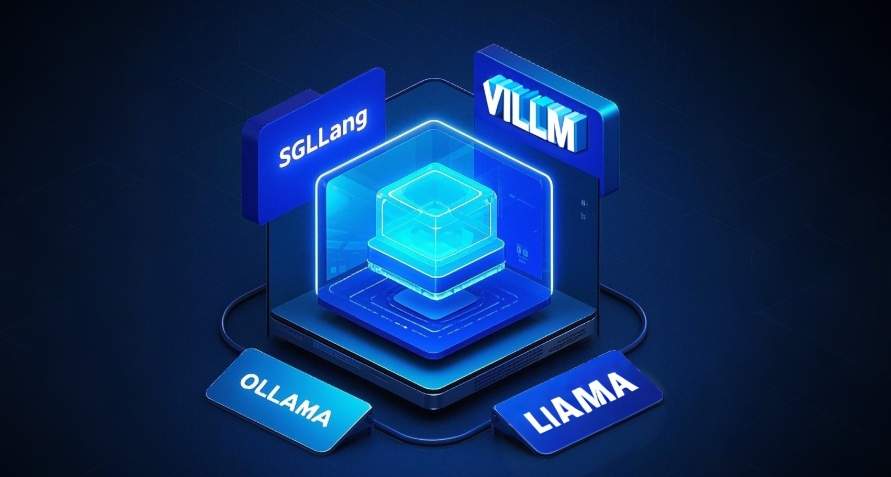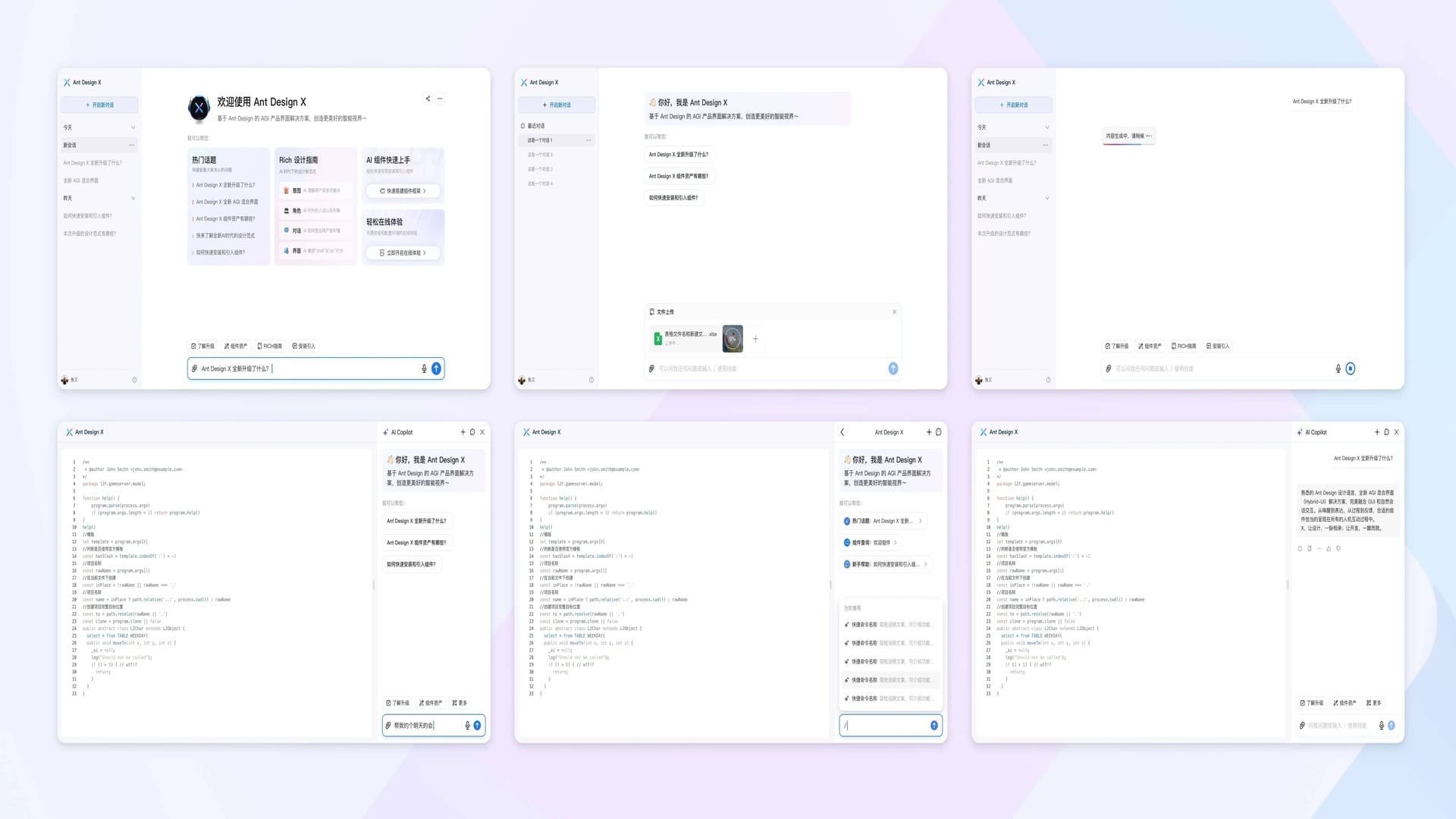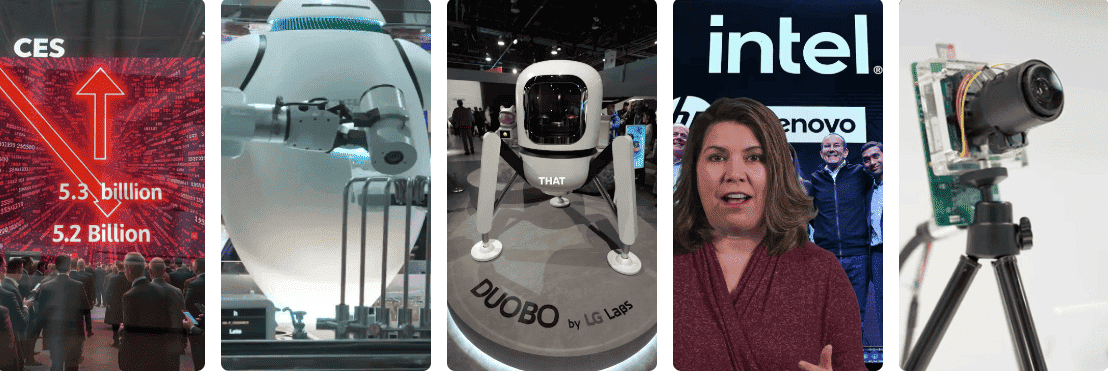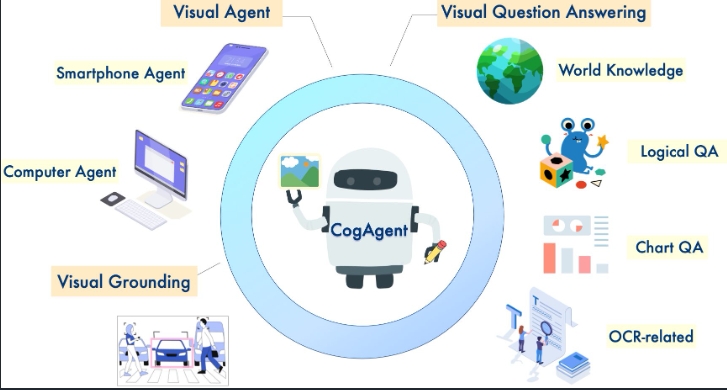CES 2025 | NVIDIA RTX 5090 Unveiled with 32GB GDDR7 Memory, Ushering in a New Era of Graphics Cards
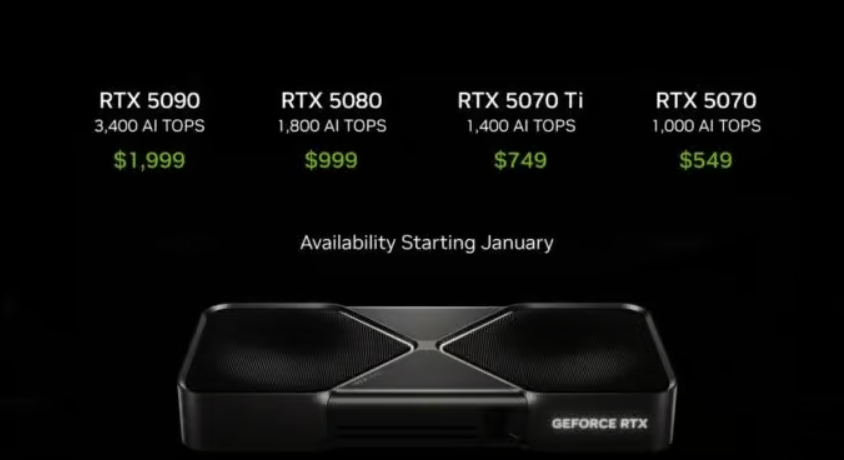
In the realm of graphics cards, NVIDIA has consistently maintained its position as an undisputed leader, with each new product launch creating waves in the tech world. At CES 2025, NVIDIA unveiled its latest GeForce RTX 50 series graphics cards, ranging from the flagship RTX 5090 to the mainstream RTX 5070, offering rich options for users with different budgets. Let’s focus on the flagship RTX 5090.
Pricing and Performance Positioning
| Model | Price (USD) | AI Performance Ratio (TOPS/$) | Position |
|---|---|---|---|
| RTX 5090 | 1,999 | 1.6 | Premium Flagship |
| RTX 5080 | 999 | 1.75 | High-End Performance |
| RTX 5070 Ti | 749 | 1.9 | Best Value |
| RTX 5070 | 549 | 1.85 | Mainstream Entry |
RTX 5090 Core Specifications
| Specification | Details |
|---|---|
| Memory Capacity | 32GB GDDR7 |
| CUDA Cores | 21,760 |
| Streaming Multiprocessors (SM) | 170 |
| Memory Speed | 32-40Gbps |
| Memory Bus Width | 512-bit |
| Memory Bandwidth | Up to 2.00TB/s |
| Data Processing Capability | 1.5TB/s |
| TDP | 600W |
| Power Connector | 12V-2x6/16 pin |
| Cooling Design | 3.5 slots |
| Recommended PSU | ≥850W |
| PCB Design | PG144/145-SKU30 |
| Recommended PSU Certification | 80 PLUS Gold/Platinum |
Video
RTX 5090: Performance and Value Analysis
As NVIDIA’s latest flagship model, the RTX 5090 is equipped with 92 billion transistors, delivering more than twice the performance of its predecessor, the RTX 4090. Priced at $1,999, while offering powerful performance, its AI performance ratio (TOPS/$) of 1.6 is the lowest in the series. This graphics card primarily targets:
- Enthusiast gamers seeking ultimate performance
- Researchers requiring powerful AI training capabilities
- Professional creative workers and content creators
- 8K gaming and professional rendering users
Core Highlight: 32GB GDDR7 Memory
The most notable feature of the RTX 5090 is its 32GB GDDR7 memory. In today’s era of exponential data growth, whether for gaming, video editing, 3D modeling, or scientific simulation, the demand for video memory has reached new heights. GDDR7 represents a significant speed improvement over its predecessor, with running speeds up to 32Gbps, a 60% increase over the previous generation. Depending on the environment, speeds can reach up to 40Gbps, with data processing capabilities of 1.5TB/s, equivalent to processing 300 full HD movies in one second.
Comprehensive Performance Analysis
Powerful CUDA Cores
The RTX 5090 features 170 Streaming Multiprocessors (SM) with a total of 21,760 CUDA cores, marking a significant improvement over its predecessor and indicating enhanced computing capabilities. In modern graphics processing and computational workloads, this powerful parallel processing capability effectively handles complex scenes and high-load tasks, allowing users to enjoy smooth gameplay at higher quality settings. For complex 3D modeling, designers can perform detailed sculpting, texture application, and lighting renders, with each step involving massive computational tasks. The 21,760 CUDA cores work like countless small but efficient computing engines, quickly processing texture details and enabling real-time lighting adjustments, significantly reducing modeling cycles. In scientific research, for tasks like weather simulation and molecular structure analysis, the RTX 5090’s powerful CUDA cores can complete complex calculations in significantly reduced timeframes, accelerating research progress.
Ultra-High Memory Bandwidth
The RTX 5090’s 32GB GDDR7 memory runs on a 512-bit bus interface, with memory bandwidth ranging from 28-32Gbps and peaking at 2.00TB/s. This remarkable bandwidth enables ultra-fast data transfer between GPU and memory, ensuring smooth performance and real-time responsiveness in high-resolution gaming and professional rendering scenarios. When running large open-world games with complex terrain, massive vegetation, detailed architecture, and numerous dynamic characters, the high memory bandwidth ensures smooth transitions and clear visuals without stuttering or blurring. Compared to previous generations or competitors with around 1TB/s bandwidth, the RTX 5090’s nearly 1.8TB/s bandwidth advantage delivers superior visual experiences.
Innovative PCB Design
The RTX 5090 employs the PG144/145-SKU30 PCB design, optimizing power delivery and thermal layout for stable high-performance output. The new 12V-2x6/16 pin power connector represents a significant improvement, capable of delivering a stable 600W power supply. The PCB layout provides ample space for cooling solutions, whether through large heatsink fins, high-performance heat pipes, or optimized fan layouts, ensuring stable performance under high-temperature and high-pressure conditions.
Power and Cooling: Challenges and Solutions
High Power Consumption Challenge
The RTX 5090’s high performance comes with a 600W TDP, requiring high-quality power supplies rated at 850W or even 1000W+. Power supplies must not only meet wattage requirements but also provide stable voltage output and good conversion efficiency through 80 PLUS Gold/Platinum certification. The high power consumption also demands excellent chassis airflow design to prevent thermal accumulation and system instability.
Efficient Cooling Solution
To address the cooling challenges, NVIDIA and AIB partners have implemented sophisticated cooling designs. Some models feature 3.5-slot coolers with extensive heatsink surface area, offering 50% more cooling capacity than standard 2-slot designs. Combined with multiple high-performance heat pipes and intelligent fan control systems, these solutions maintain optimal operating temperatures under various load conditions.
RTX 50 Series Lineup
The RTX 50 series offers different models for various user needs. The RTX 5090 stands as the flagship with its 32GB GDDR7 memory and 21,760 CUDA cores. The RTX 5080 serves as a high-end option with 16GB GDDR7 memory and 10,752 CUDA cores at 400W TDP. The RTX 5070 Ti features 8,960 CUDA cores with 16GB GDDR7 memory at 300W TDP, while the RTX 5070 offers 6,144 CUDA cores with 12GB GDDR7 memory at 250W TDP, providing mainstream users with accessible high-end graphics performance.
Industry Impact: Revolutionizing Graphics Processing
The RTX 5090 represents a significant milestone in graphics processing, impacting various industries. In gaming, it enables new levels of visual quality and ray-tracing capabilities. For the film industry, it accelerates rendering workflows, reducing production times from months to days. In AI research, its massive memory and computing power support complex neural network training, advancing applications in medical imaging, autonomous driving, and voice recognition. The RTX 5090 sets new industry standards, driving innovation in graphics processing technology toward higher performance and more intelligent solutions, ushering in a new era of visual computing.
More Articles
![OpenAI 12-Day Technical Livestream Highlights Detailed Report [December 2024]](/_astro/openai-12day.C2KzT-7l_1ndTgg.jpg)

